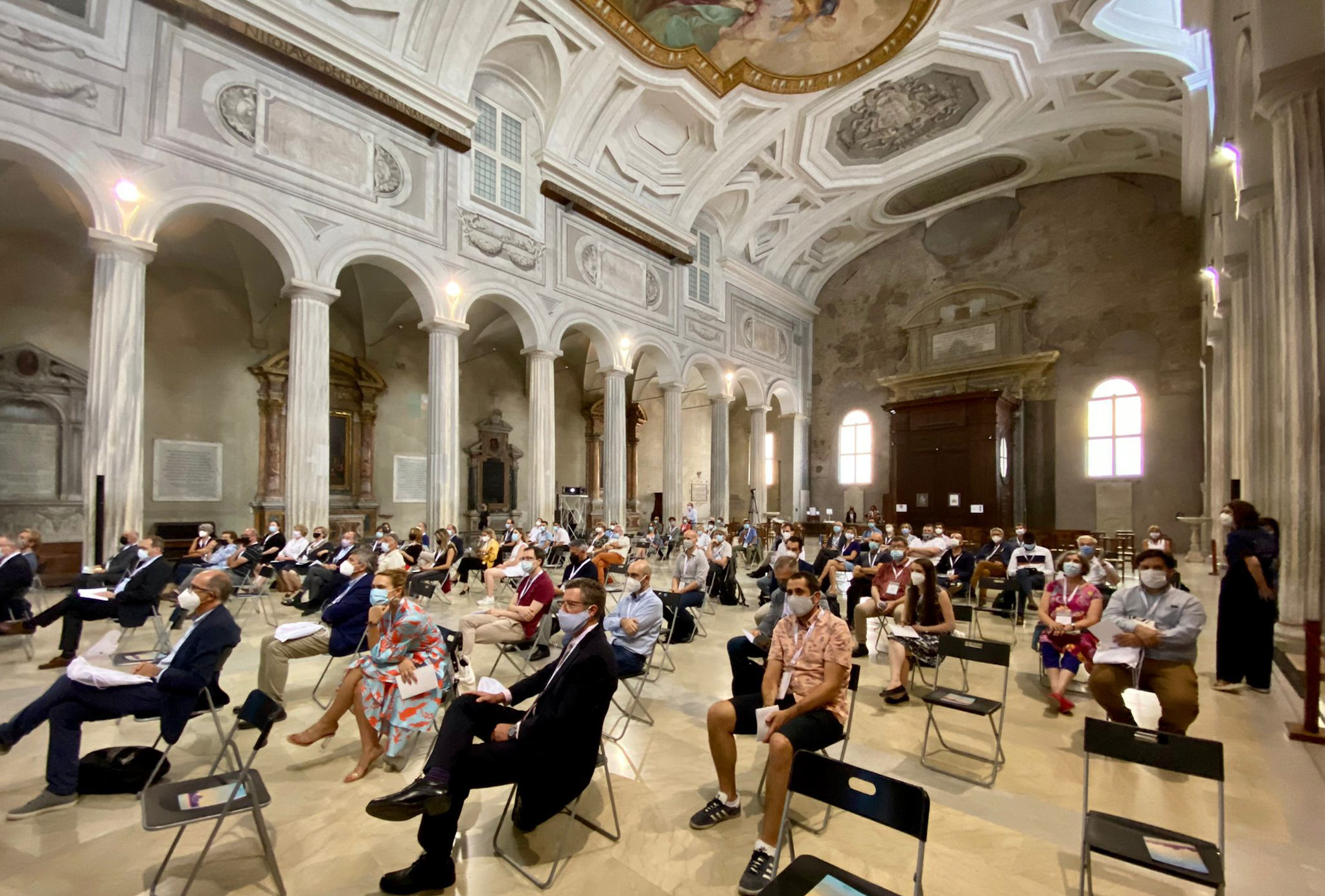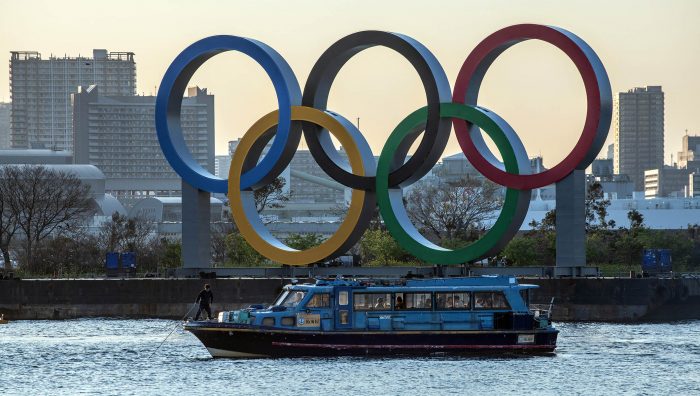“Those who fail to learn the lessons of history are doomed to repeat it” is an oft-quoted remonstration when things look likely to go badly wrong, or have indeed gone belly-up. It’s also one of life’s most frustratingly apposite truisms. Lessons learned enable us to become better at what we do.
The most interesting aspect of working in Asia-Pacific right now is that history is being rewritten before our eyes. Exciting new events markets are opening up, destinations, hotels and resorts are expanding their meetings and events capabilities and client bases are diversifying.
Yet, given these changes and opportunities, the lessons learned over time remain as prescient as ever. As Claudia Wong, MICE account manager at Pacific World Hong Kong, surmises: “The key lesson is learning how to make client requests possible. You can never say ‘not possible’ or ‘impossible’ to a client.”
While focusing on the client is the foremost consideration, mining a mental database of experiences helps meet evolving market challenges. “It has been vital for local industry staff to understand the complexities in ensuring a perfect fit between proposed programmes and the expectations of the client,” says Jacqui Taylor, director of Australia’s Gold Coast Convention Bureau (GCCB). “Foremost is the acknowledgement by venues and suppliers of cultural differences that exist, and pinpointing the various individual trends that are specific to each country.”
Experience, Taylor adds, ensures a greater understanding of the most attractive and accepted activities for different client bases – and this, in turn, enables more targeted, more experiential meetings and events. This recognition has resulted in the bureau assisting with ongoing cultural awareness and business etiquette training for local venue operators, frontline staff and suppliers.

Getting details right
One make-or-break event aspect is a recurring “lesson learned” theme: food. “Dining is an important area to get things right. If a destination can’t adapt and deliver the right food from a cultural standpoint, the event will not succeed,” says Taylor. “We have seen with Indian corporate groups (that) there is a strict requirement for high-quality traditional Indian food that meets all religious requirements. Rather than err on the side of caution, we always encourage venues to hire the right chefs to satisfy such requirements.”
Getting the business details right from the start can also make a huge difference for clients. Continually acquiring knowledge of the business etiquette relevant to each specific market is vital to ensure beneficial interactions from the outset. “It is one thing to increase Chinese visitor numbers, it is another to develop a prosperous and sustainable market,” says Taylor. “Attracting a larger quantity and quality of Chinese visitors is as much about Gold Coast businesses effectively engaging the market as it is about destination brand marketing.”
Managing expectations
Addressing customer expectations is always a tough challenge, particularly as locational demands diversify. The charm of holding an event in an exotic, relatively untouched destination has to be weighed against the level of sophistication the client is expecting for an event programme. In this scenario, managing expectations is a trusted managerial skill.
“Clients often expect less-developed event destinations, such as Cambodia, Myanmar and Laos, to have sophisticated resources that match Singapore, Hong Kong and Thailand,” says David Barrett, executive manager of Diethelm Events in Bangkok. “But audio-visual production can be pretty basic in emerging destinations, so we have helped customers adjust programmes to meet
local resources.”
Creative content is another specialism where studied knowledge reaps rewards. From an entertainment perspective, performances should reinforce the theme of the meeting and be true to the destination, so pre-assessing the profile of the audience is essential. “We have learned we can sell a Hollywood themed night to a Thai conference group meeting in Malaysia, but not to a group of Americans meeting in Asia,” says Barrett. “The style of entertainment has to have relevance to the destination and be appropriate for the audience demographic.”
Incorporating a surprise twist to make the entertainment memorable can work wonders, but it is also a gamble. “One evening six years ago backfired when the client had a near open-ended budget and said ‘I want it all’. We had a poolside farmyard with animals, symphony orchestra, Thai jazz fusion band, an international rock band, Russian opera, magician and more,” says Barrett. “It ended up as a bizarre mix of performances that had no common theme. Not to be repeated, we learned.”
Creativity pays
Sometimes, though, taking a calculated gamble pays back unexpected returns. “At one event, we announced to a large group of Australians that they were in for a two-hour treat with a traditional Chinese opera,” says Barrett. The initial groans from guests, suggested this gambit might not prove successful. “Two minutes into the cultural show, the dancers morphed into a 1970s disco theme – to the joy and relief of
the audience.”
Maintaining creativity, uniqueness and quality are prerequisites for incentive trips to Hong Kong, one of the region’s most mature events markets. Also vital is previous experience and an understanding of the high expectations clients have when visiting the city.
“Many of our clients are repeat visitors from the US, Europe and, increasingly, South Africa and Australia. So we need to keep things special and always look for new places, themes and decorations,” says Wong of Pacific World Hong Kong. “Most incentives groups range from 30 to 60 people, but they can be as low as 20 or as high as 100, so you must always be very flexible in your planning.”
This juggling act is made trickier by variable booking windows. “For small groups, it can be very short nowadays – maybe just a month – while larger groups book six months or a year out. You have to be able to manage all these timelines,” says Wong.
Learned experience has also proven that inbound incentives groups to Hong Kong like to participate in Chinese culture-based activities that provide a connection to this “gateway” location. “Lion dancesand cooking classes that teach participants how to make local Chinese cuisine have been popular, as have traditional tea ceremonies,” says Wong. “But, now, the trend is for clients to begin the day with a tai chi class in a local park.”
Perception shifts
One very modern adjunct to Hong Kong incentive travel is rewriting history: Macau. Previously slighted as a sleepy, sleazy and unedifying ferry trip from Hong Kong, the former Portuguese territory is now booming with glitzy resorts, casinos and nightlife. In short, it has become a quintessentially 21st-century Chinese event destination.
“For four-day inbound incentives trips, Macau is now a very popular option,” says Wong. “It makes a great second location for the trip. As well as all the new entertainment, at the end of the visit there is a direct ferry from Macau to Hong Kong airport.”
Whoever said that the lessons of history were set in stone?
“Dining is an important area to get things right. If a destination can’t adapt and deliver the right food from a cultural standpoint, the event will not succeed”
View from the Kitchen

Kevin Cape is corporate executive chef of Malaysia-based YTL Hotels. He is currently stationed in Shanghai managing the opening of YTL’s Shook! restaurant, Time Lounge and roof-top terrace at The Swatch Art Peace Hotel on the Bund – one of Shanghai’s hottest new events venues.
Q: Throughout your career, you’ve catered for a broad range of corporate events in Europe and Asia. What were the key lessons from the kitchen operational side?
A: Keep things simple and precise. That is crucial. It is easy to over complicate the food and overdo things in order to try and impress. But for guests at an event, they want food that is easy to eat and manage, especially if they are mingling and socialising. A lot of events tend to span the period between 6.30pm and 9.30pm, so people are hungry at that time. Because of this, I try to serve people food they understand and identify with – and will want to eat. In Asia, boxes of noodles work very well; they are both tasty and manageable.
Q: You managed the dining for the Eastern & Oriental Express deluxe train between Singapore, Bangkok and Chiang Mai. What were the challenges of that role?
A: There were a number of restrictions we had to work around. The first was space – in terms of the size of the kitchen and storage. People taking the Oriental Express are on vacation, so you must serve them food they want to eat, and they will have seen the menus when they made the booking so you can’t change that too often. At lunch and dinner, you can be serving 40 to 50 customers in 15 minutes from a very small kitchen, so structuring and organising the team was critical. We had to be very disciplined, which is great for a kitchen, with the emphasis on keeping down the number of steps required to create each dish.
Q: Following June’s grand opening of Shook! and private events including Vogue China, what have you learned about event catering
in Shanghai?
A: Giving face is very important here. You must recognise and greet your key customers. We have an open kitchen at Shook!, and are working to create the feel of “dining without borders” – intimate, nothing hidden, open to all. But it is still important to go around talking with customers, to create individual moments for them. When we are planning an event with clients, myself and the restaurant manager spend a great deal of time discussing what they are looking for from the food, and try to advise on what will work best given their budget and the event’s goals. It’s also important to know the guest profile, so we can ensure the food part of the experience meets the client’s objectives.


